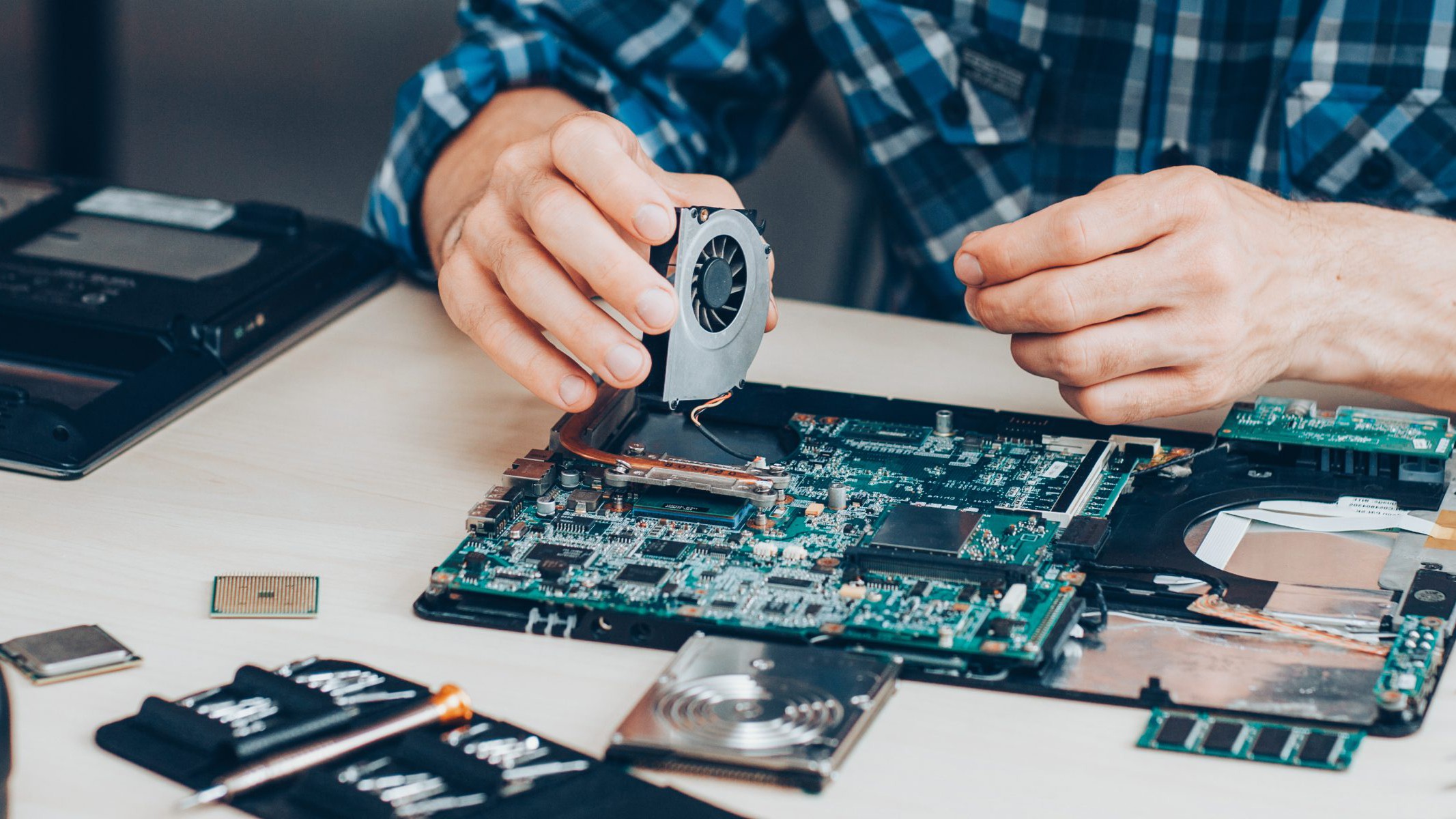We’ve all had the experience of trying to use our computer or smartphone, only to curse and crane our necks because of the glare obscuring most of the screen. Screen glare isn’t just an annoyance, however.
Dealing with harsh screen glare can lead to eye strain, headaches, and even neck and shoulder pain as users crane and twist their heads to see better. This is such an issue that the American Optometric Association has labeled it “computer vision syndrome.” Sadly, screen glare is inevitable in areas with harsh lighting, such as operating rooms and assembly lines. In these places, visibility of the environment is critical, and screen glare is a secondary concern.
Fortunately, there is also a solution to this problem: an anti-glare screen. In today’s article, we’ll break down the different types of anti-glare screens, how they can be implemented, and the most important considerations when adding one to your medical or industrial computer.
How do Anti-Glare Screens Work?
Article Guide
Also known as anti-reflective filters, an anti-glare screen is a coating or film over a glass surface that helps disperse light, preventing it from reflecting into the viewer’s eyes. Anti-glare screens are commonly used on eyeglasses, allowing those with poor eyesight to wear them even in the outdoors.
This same technology can also be applied to a computer’s monitor, filtering out the harshest of light while still giving the computer’s user a clear view of the screen. Anti-glare screens can be added to the monitor during assembly or attached to it afterward via adhesives or magnets.
Types of Anti-Glare Screens
Anti-glare screens come in two primary forms:
- Matte anti-glare screens provide a slightly textured surface to disperse light. This can also make images slightly fuzzier and alter the colors on the screen.
- Glossy anti-glare screens combine their anti-glare coating with a glossy finish that helps maintain image sharpness.
Applications for Anti-Glare Screens
Thanks to the clarity they offer, anti-glare screens are a natural addition to computers in several different sectors.
- Medical: Medical computers are often used in areas with very harsh lighting, such as hospital wards or operating rooms. These areas require intense lighting so healthcare providers can see documents or a patient’s body while operating. Still, this requirement comes with the drawback of obscuring computer screens in the area. Therefore, medical computers and even medical-grade monitors in these areas often implement anti-glare screens to preserve visibility.
- Industrial: Computers with anti-glare screens are extensively used in the industrial sector. Assembly lines often use computers to control the manufacturing process, and they are also very brightly lit so that workers can monitor the line or watch for hazards. This industrial-grade lighting requires an industrial-grade anti-glare solution. In outdoor areas, such as oil rigs, industrial computers with anti-glare screens let workers continue their work even when the sun is out.
Considerations For Anti-Glare Screens
As with any computer add-on or modification, you need to be aware of the considerations for anti-glare screens before adding one to a computer. Here are some of the most common questions you need to ask before purchasing:
What type of anti-glare screen is right for you?
When selecting an anti-glare screen, remember that they can alter a display’s colors and fidelity. While some applications, such as the user interface for an assembly line, do not require extreme fidelity, others (such as medical diagnostic imaging) do. Matte screens do a better job of blocking out glare than glossy screens, but they do slightly affect the display’s image quality.
How do you plan to clean the screen?
Anti-glare screens on the outside of the screen can be damaged by conventional glass cleaning solutions or abrasive scrubbing. This issue can be avoided by using specialized cleaning solutions and microfiber cloths or using a display where the anti-glare filter is on the inside of the monitor.
Where will the anti-glare filter go?
Putting the anti-glare screen behind the glass protects it from harsh cleaning or environmental factors, but this can only be done during the manufacturing and assembly phases. Therefore, getting computers with internal anti-glare screens will require working with a capable original equipment manufacturer (OEM) who can provide that sort of customization.
Final Thoughts
An effective anti-glare filter can be critical for maintaining your computer’s effectiveness in a harsh lighting environment. After all, all the information in the world is useless if you can’t actually see it.
If your healthcare group or business is looking for computers with integrated anti-glare screens, contact the team at Cybernet Manufacturing. Our range of medical and industrial computers can be customized with internal anti-glare screens, preserving visibility even in the harshest lighting conditions.
Join the conversation and connect with us on this and other relevant topics – Follow us on Facebook, Twitter, Instagram, and LinkedIn.
Why Industrial and Medical Computers Need a Long Life Cycle
April 11, 2024
In the tech industry, a device’s life cycle refers to how long it will remain in production and supported by its manufacturer. Due to the pace of innovation in the industry, tech products like computers often have very…
0 Comments6 Minutes
You Can't
Learn from a Pop-up
But we can deliver knowledge to your inbox!
We dive deep in the industry looking for new trends, technology, news, and updates. We're happy to share them with you.
Knowledge, News, and Industry Updates Right in Your Inbox



